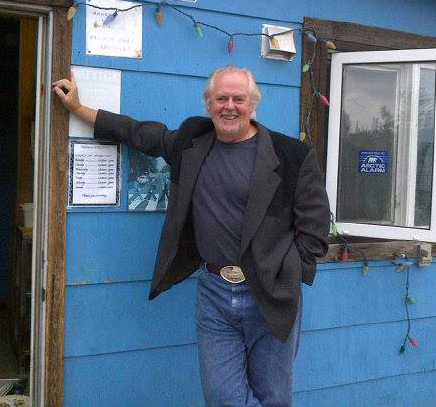Longtime Newsman Mourns the Loss of Objectivity in Media
Peter Menzies notes that news media today are “overflowing with agenda-driven employees intent on publicizing their own opinions”
Reporter and editor Peter Menzies reflects on mainstream news media journalists’ revolt against objectivity in recent years. It’s not a pretty picture:
News organizations overflowing with agenda-driven employees intent on publicizing their own opinions while suppressing or ejecting anyone guilty, in [Bari] Weiss’s words, of “Wrongthink,” have proliferated across North America. The Washington Post, for example, has had to battle its own reporters over their social media activism. Staff at National Public Radio, the U.S.’s federally funded, not-for-profit network, demanded and last year received the right to participate in demonstrations and voice political opinions in public.
Peter Menzies, “Objectivity: What Journalists Hate but the Public Still Craves” at C2C Journal (August 31, 2022)
Menzies, a Canadian, cites similar examples from Canada, where the overall situation is similar to what is happening in the United States:
The traditional news media’s abandonment of objectivity en masse comes during a time when public trust in the media and other institutions has been eroding seriously. It coincides with and perhaps is part of a broader trend of elites and institutions increasingly doing what they please without regard to public opinion.
Peter Menzies, “Objectivity: What Journalists Hate but the Public Still Craves” at C2C Journal (August 31, 2022)
Now, about “objectivity”: Everyone has a bias. Where the journalist comes from when covering a news story is bias. Thus, the journalist was expected in the past to consider alternative points of view before hitting the Send button. That’s gone now.
Menzies is right about the resulting erosion of public trust. Not only do we trust mainstream media much less than formerly (the lowest numbers ever, says Gallup) but the media professionals seem unaware of that fact. Politicians, however, are beginning to notice, and treat mainstream media with unaccustomed disdain.
One reason for the decline, of course, is that the public doesn’t need mainstream news media (MSM) the way it did, say, thirty years ago, just to find out stuff like whether rain is expected or what stores are open on Labor Day. Or to hear a discussion of whether a prominent politician is lying or taking bribes. For better or worse, a variety of sources on the internet do all that now.
One outcome is that journalists are more likely to be writing for a powerful elite and to be aggressively partisan in doing so, often acting as censors, hit men and snitches. Menzies sums up, “Traditional news media are under siege largely because the public has lost faith in their ability to be good at the objective practice of their craft and see them as putting their own wants, needs, beliefs and crusades ahead of the public interest. They are diminished because too many of their names are better known than their work. ”
But the interesting part of the story is that two new developments are helping the public stay informed. These developments are products of the very internet that destroyed the MSM:
● Newsletter sites where independent journalists charge a monthly fee for their content. Substack, started in 2018, is the best known. Here are eight alternative sites.
● Many different search engines and, especially, news aggregators enable readers to shape their own news feedfrom planet-wide resources.
Meanwhile, the venerable Washington Post expects to lose money in 2022 (New York Times, August 30, 2022). Digital ad revenue is down:
Publisher Fred Ryan has had discussions with leadership at the paper about reducing head count from the current newsroom staff of roughly 1,000 employees, individuals with knowledge of the talks told The Times, through “hiring freezes for open jobs or other ways.”
Loree Seitz, “The Washington Post Poised to Lose Money This Year, Considers Cutting 100 Jobs” at The Wrap (August 30, 2022)
Of course, to the extent that a paper like the Post exists largely to tell the public what the political elite is thinking, digital ad revenue may not be the right source of income. In Canada, Prime Minister Justin Trudeau provides generous subsidies for most traditional media to stay in business and continue to tell the public, at taxpayer expense, what journalists (and, of course, Top People) think. Don’t be surprised if that approach is proposed in the United States.
You may also wish to read: Newsletter group creates alarm plus demands for censorship Substack is getting a lot of ink these days — raising both hope from readers and hand wringing from old media. The surprising thing about “controversial” Substack is that it is a restoration of the very old idea that we should pay a small amount for the content we want.
